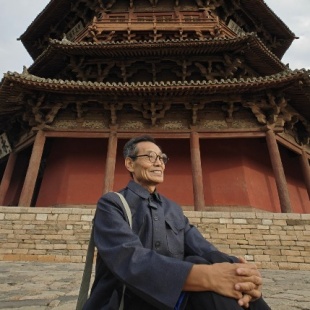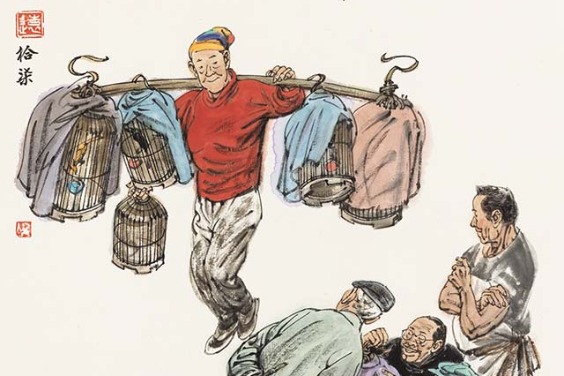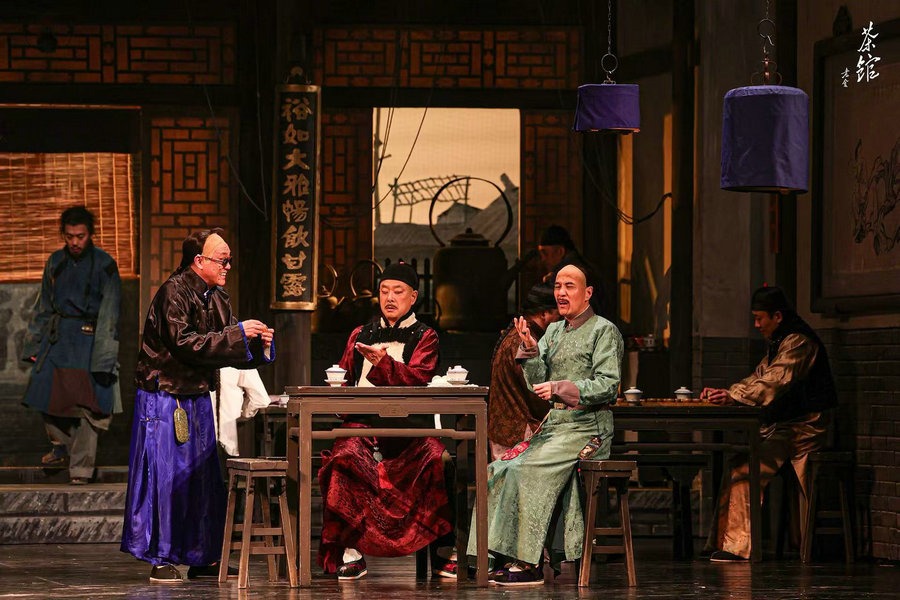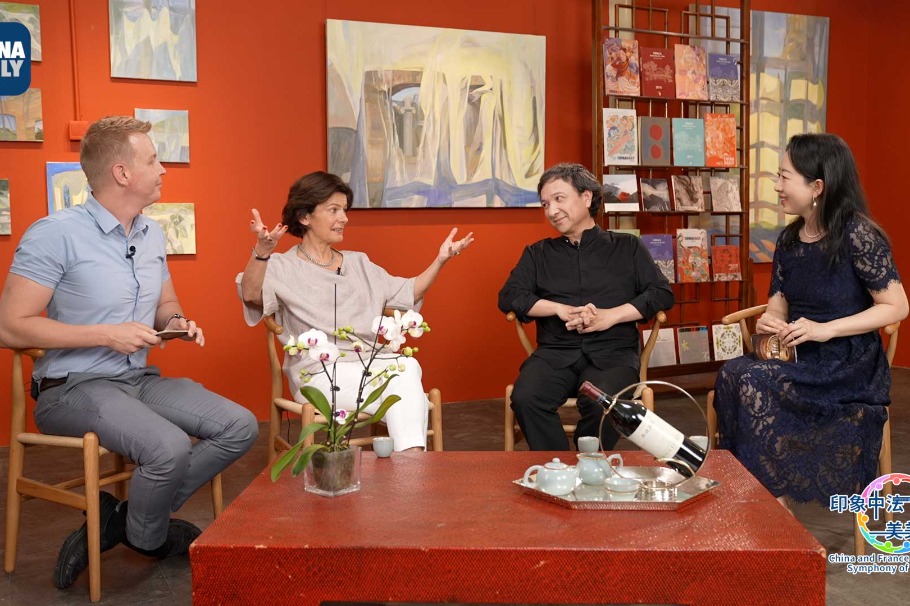Interlocking past with present
Determined to keep traditions alive, heritage-based architect finds new medium of expression, and a growing audience, after retiring, Yang Feiyue reports.

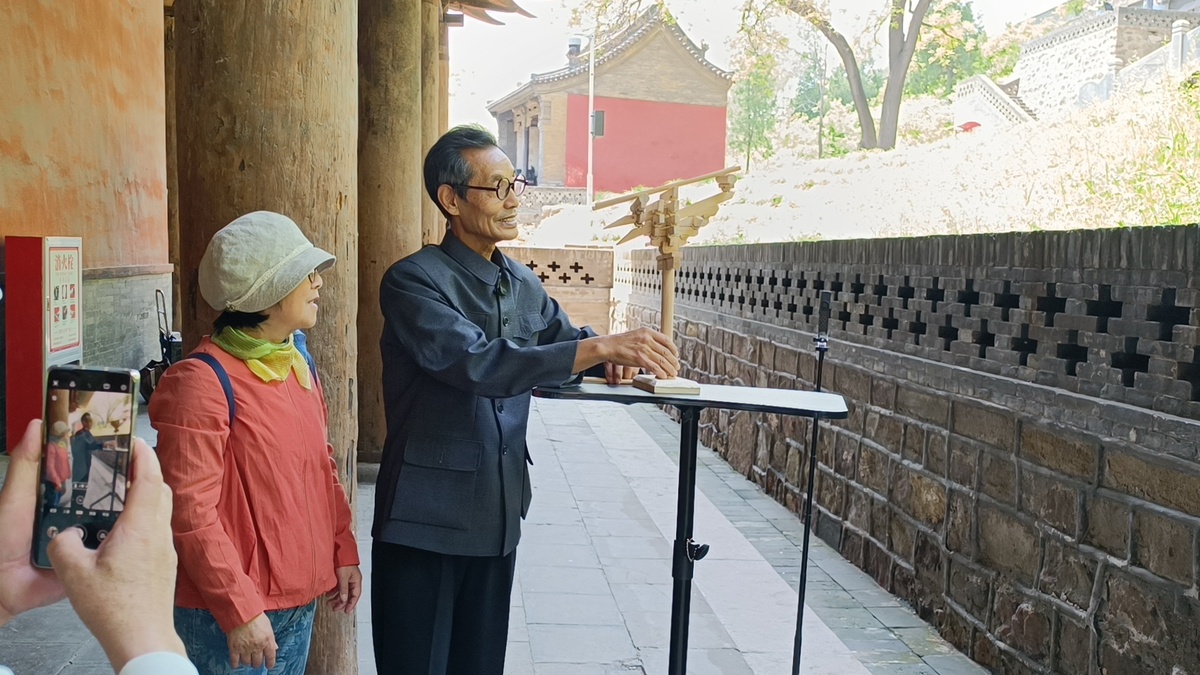
Born and raised in Shanxi, Wang became involved in the preservation and restoration of ancient buildings in 1972. His footsteps have echoed through the halls of many of the iconic historic sites across the province, including Foguang Temple in Wutai county, Chongfu Temple in Shuozhou, and the Yingxian Wooden Pagoda.
Shanxi boasts the highest number of ancient architectural relics in China, and is home to more than 28,000 sites, among them, more than 82 percent of the country's surviving wooden structures built during or before the Yuan Dynasty (1271-1368).
"These structures represent a vast and invaluable cultural inheritance passed down by our ancestors," Wang says.
However, the sheer volume of ancient buildings has made preservation a formidable challenge. Many of them have suffered from years of neglect and severe deterioration.
Since the founding of the People's Republic of China in 1949, cultural heritage authorities have initiated large-scale rescue and restoration efforts to protect irreplaceable assets. For decades, Wang has been at the forefront of this mission.
He has contributed to the surveying, mapping, conservation planning, and restoration of many national level protected sites built from the Tang (618-907), and Song (960-1279) to the Ming (1368-1644) and Qing (1644-1911) dynasties.
Among his most notable achievements, he was chief organizer and participant in the full-scale disassembly and restoration of the Shengmu (Holy Mother) Hall at the Song Dynasty Jinci Temple in Taiyuan, as well as the Jin Dynasty (1115-1234) Chongfu Temple in Shuozhou.
Both projects involved the development of systematic conservation strategies and the resolution of complex structural issues, including foundation settlement, beam misalignment, and component degradation.
These efforts revitalized architectural masterpieces that had languished in critical condition and returned them to their former glory.
He later became head of ancient architecture project management at the Shanxi Cultural Relics Bureau, and played a key role in establishing protection standards for ancient structures.
- US-China Music Institute celebrates 7th annual conference with music and discussion
- Village keeps cultural heritage flourishing
- London-based Chinese artist seeks economic, cultural values through art creations
- Global museum professionals charmed by Liangzhu Culture
- A global touch on Dunhuang's timeless art


